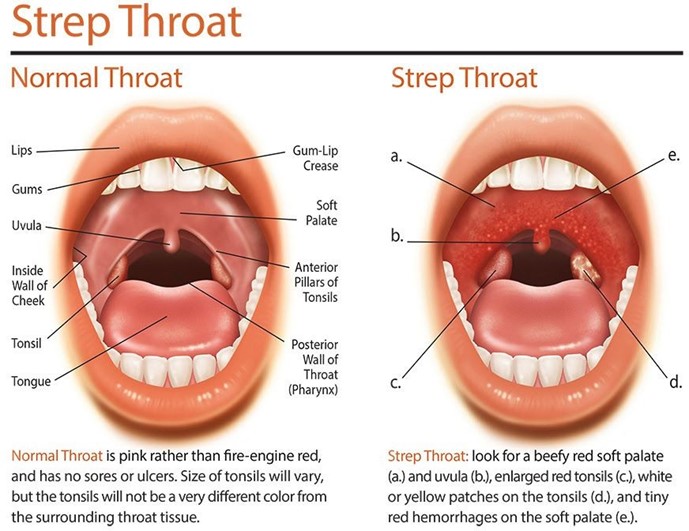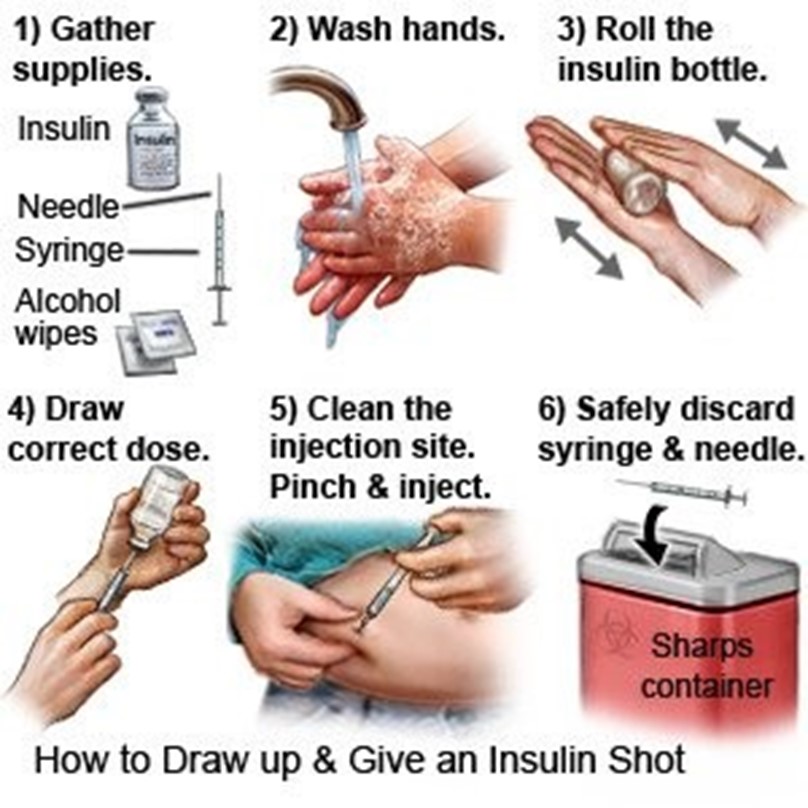A nurse is caring for a child who was admitted with suspected rheumatic fever. The provider prescribes an antistreptolysin O (ASO) titer. The parent asks the nurse about the purpose of the test. Which of the following responses should the nurse make?
"This test will indicate if your child has rheumatic fever."
"This test will confirm if your child had a recent streptococcal infection."
"This test will indicate if your child has a therapeutic blood level of an aminoglycoside."
"This test will confirm if your child has immunity to streptococcal bacteria."
The Correct Answer is B
Choice A: This test will not indicate if the child has rheumatic fever, as rheumatic fever is a complication of an untreated or inadequately treated streptococcal infection that affects the heart, joints, skin, and brain. Rheumatic fever is diagnosed based on clinical criteria, such as carditis, polyarthritis, chorea, erythema marginatum, and subcutaneous nodules.
Choice B: This test will confirm if the child had a recent streptococcal infection, as antistreptolysin O (ASO) is an antibody that the body produces in response to streptococcal bacteria. A high ASO titer indicates that the child was exposed to streptococcal bacteria within the past few weeks. A streptococcal infection can cause pharyngitis, tonsillitis, scarlet fever, or impetigo.
Choice C: This test will not indicate if the child has a therapeutic blood level of an aminoglycoside, as an aminoglycoside is a type of antibiotic that is used to treat serious bacterial infections. A therapeutic blood level of an aminoglycoside means that the drug is effective and safe in the body. A therapeutic blood level of an aminoglycoside is measured by a peak and trough level.
Choice D: This test will not confirm if the child has immunity to streptococcal bacteria, as immunity to streptococcal bacteria means that the body can resist or fight the infection. Immunity to streptococcal bacteria can be acquired by natural exposure or vaccination. Immunity to streptococcal bacteria is measured by an antibody titer or a skin test.

Nursing Test Bank
Naxlex Comprehensive Predictor Exams
Related Questions
Correct Answer is C
Explanation
Choice A: This statement does not indicate a need for further teaching, as it is correct that insulin can be injected anywhere there is adipose tissue. Adipose tissue is the layer of fat under the skin that can absorb insulin and prevent damage to muscles or organs. The common sites for insulin injection are the abdomen, thighs, buttocks, or upper arms.
Choice B: This statement does not indicate a need for further teaching, as it is correct that the child should rotate sites after 5 injections in one area. Rotating sites can prevent lipodystrophy, which is a condition that causes abnormal changes in fat tissue due to repeated injections. Lipodystrophy can affect the appearance and absorption of insulin in the affected area.
Choice C: This statement indicates a need for further teaching, as it is incorrect that the child should aspirate before injecting the insulin. Aspiration is the process of pulling back on the plunger of the syringe to check for blood before injecting the medication. Aspiration is not recommended for insulin injection, as it can cause pain, bruising, or leakage of insulin from the injection site.
Choice D: This statement does not indicate a need for further teaching, as it is correct that insulin should be injected at a 90-degree angle. Injecting insulin at a 90-degree angle can ensure that the medication reaches the adipose tissue and prevents skin irritation or muscle damage. The only exception is if the child has very thin skin or uses very short needles, in which case they may inject at a 45-degree angle.

Correct Answer is A
Explanation
Choice A: This action is appropriate for a 10-year-old child who will be hospitalized for an extended period of time, as it meets their psychosocial needs according to Erikson's stage of industry versus inferiority. In this stage, which occurs from age 6 to 12 years, children develop a sense of competence and achievement by mastering skills and tasks that are valued by society. Encouraging the client to complete school work can help them maintain their academic progress and self-esteem.
Choice B: This action is not appropriate for a 10-year-old child who will be hospitalized for an extended period of time, as it does not meet their psychosocial needs according to Erikson's stage of industry versus inferiority. In this stage, which occurs from age 6 to 12 years, children need consistency and structure to develop a sense of competence and achievement. Varying the child's schedule each day can cause confusion and stress for them.
Choice C: This action is not appropriate for a 10-year-old child who will be hospitalized for an extended period of time, as it does not meet their psychosocial needs according to Erikson's stage of industry versus inferiority. In this stage, which occurs from age 6 to 12 years, children need opportunities to master skills and tasks that are valued by society. Providing a daily session with a play therapist can help them cope with their emotions and fears, but it does not help them develop their competence and achievement.
Choice D: This action is not appropriate for a 10-year-old child who will be hospitalized for an extended period of time, as it does not meet their psychosocial needs according to Erikson's stage of industry versus inferiority. In this stage, which occurs from age 6 to 12 years, children need social support and peer interaction to develop a sense of competence and achievement. Discouraging visits from the client's friends can cause isolation and depression for them.
Whether you are a student looking to ace your exams or a practicing nurse seeking to enhance your expertise , our nursing education contents will empower you with the confidence and competence to make a difference in the lives of patients and become a respected leader in the healthcare field.
Visit Naxlex, invest in your future and unlock endless possibilities with our unparalleled nursing education contents today
Report Wrong Answer on the Current Question
Do you disagree with the answer? If yes, what is your expected answer? Explain.
Kindly be descriptive with the issue you are facing.
